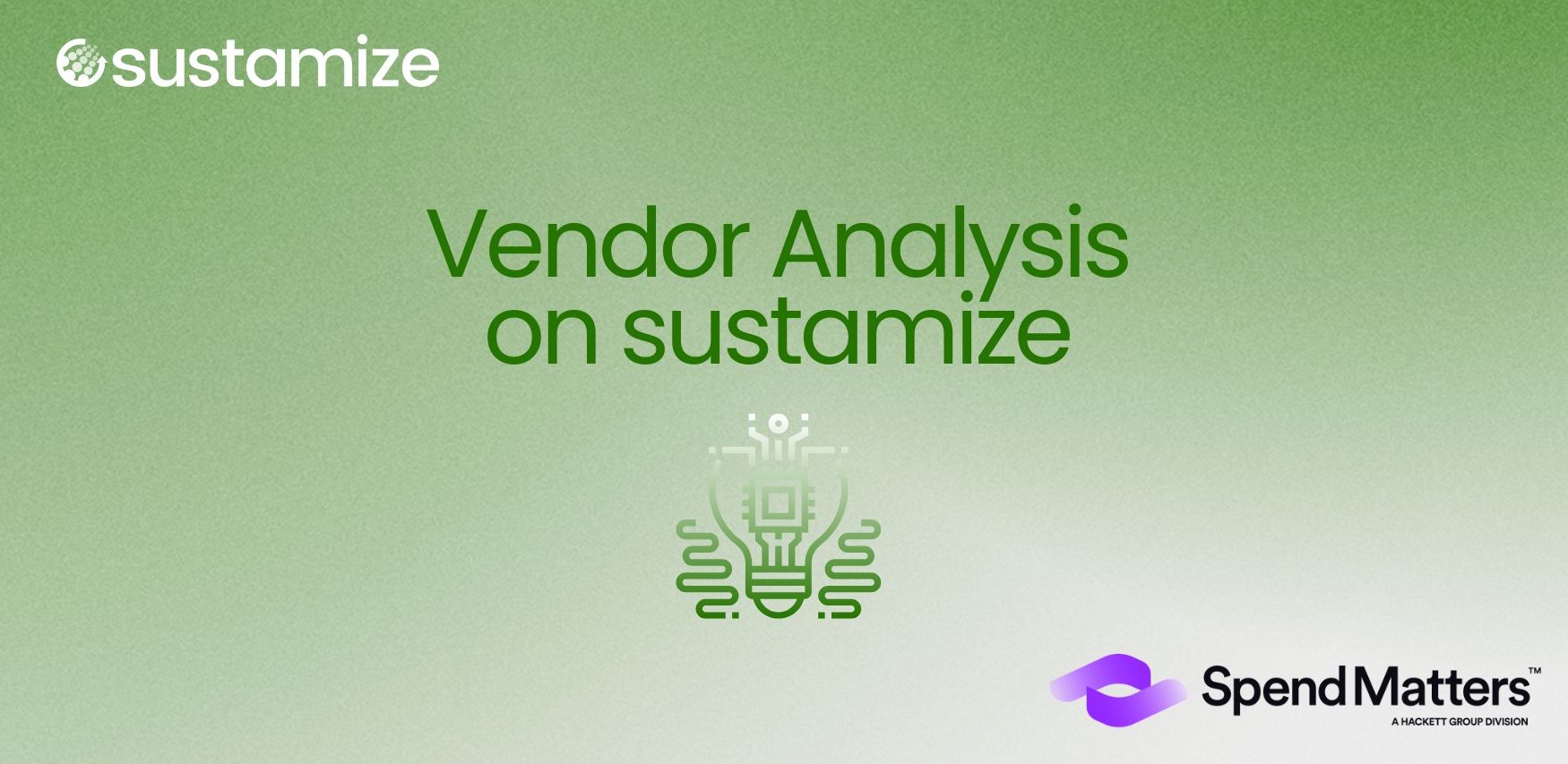The Difference Between Primary, Secondary and Dynamic CO2 Data
This article provides an overview of the three relevant types of CO2 data.

Data has gained significant prominence over the past few decades, including in the area of sustainability. Given the stakes of the climate emergency, companies around the world can no longer ignore their emissions as regulations on emissions measurement become more stringent and consumer demand for transparency increases. However, data is not just data, especially when it comes to CO2. This article provides an overview of the difference between the three types of CO2 data: primary, secondary, and dynamic data and how each type of data is collected.
First and foremost, it is important to note that "CO2 data" in this article does not only refer to data on carbon dioxide (CO2) but also on the other important anthropogenic greenhouse gases (GHGs), all translated into CO2 equivalents (CO2e) for comparison and quantification purposes, and grouped under the term CO2.
What is primary CO2 data?
Primary data is the data on scope 1 (direct) & 2 (indirect energy-related) emissions actually collected (measured of calculated) and provided by the emissions' sources themselves (e.g. suppliers, logistics companies etc.). "Pure" primary CO2 data is the strict measurement of the product's direct Scope 1 emissions, or the exhaust gases released by machinery in the manufacture of that product. This means that a company's reported Scope 3 emissions should actually be the sum of all primary reported data for Scope 1 and 2 in the supply chain.
In the field of LCA, the resulting data is referred to as primary if the emissions from the inputs used (such as e.g. fuels) are measured, even if the exact emissions from the input is not measured directly with a measuring device but actually calculated with the help of secondary data (defined in the next section of this article).
For example, data collected by a steel company on direct carbon emissions from coke and blast furnace plants are considered primary data, regardless of whether they are measured directly or calculated (conversion of the fuel used into CO2).
Essentially, primary carbon data is data measured and/or collected by the emitter itself. It is the most accurate and authentic data and thus, makes it the one with the highest quality.
The problem is that obtaining emissions information from suppliers can be lengthy due to supply chain complexity and the lack of transparency, which makes getting access to primary data often challenging. That is where secondary carbon data enters into play.

What is secondary CO2 data?
Secondary data will complete the gap of missing primary data with information stemming from a variety of sources such as published scientific research, public and official national statistics, company websites and reports, and existing reliable LCI databases.
The problem with secondary carbon data is that the CO2e values are still often missing, incomplete or outdated (updating data is cumbersome and costly, making updates only occasional or limited) for particular materials or processes from specific countries and do not necessarily reflect the latest innovations, or the exact region under investigation and other changes.
For instance, countries' energy mixes are rapidly changing according to technical, economic and geo-political developments, as shown by the current energy crisis and the massive investments in renewables. Coming back to our example on steel, research and innovation in this field is currently thriving, that is why comparing a supplier's primary CO2 data with an updated benchmark CO2 value could highlight discrepancies and optimization potentials.

What is dynamic CO2 data?
As opposed to a static database (one that is established and remains unchanged), a dynamic database contains data that is periodically updated or calculated on the spot, meaning that its information changes as newer, more specific information becomes available. A dynamic database provides high-quality secondary data for CO2 equivalent emissions (“CO2e”) related to the production of materials (i.e. metal alloys, polymers or composites), products, machinery etc. It contains emission values for the most common materials and compositions used by the industry.

Dynamic CO2 reference databases by sustamize
sustamize's dynamic databases are all gathered in its Product Footprint Engine (PFE) and are now also accessible via the sustamizer®. The dynamic CO2 data is not only based on published lifecycle assessment (LCA) studies and various reliable sources, but also enriched with in-house industrial know-how provided by our experienced experts combined with a highly process-oriented bottom-up calculation method, leading to dynamic CO2e reference data.

Additionnally, the modelling and calculation of the reference data has been validated by 3rd Party organization GUTcert. As it is dynamic, the data is regularly updated taking into account material and process innovations, technological developments, changes in energy mixes and new calculation methodologies.
Want to know more about reference data, the product footprint engine or the sustamizer?



.jpg)
